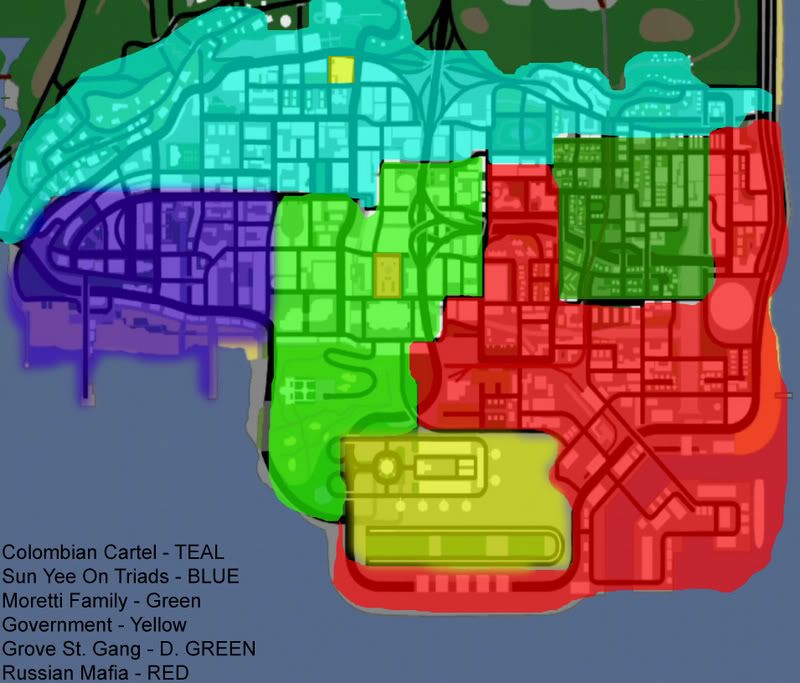 |
| You know you want it. |
Of course, with there being so many 7-Eleven stores in Thailand there is a risk of over-saturation. Of those 8000+ stores, more than half are in Bangkok. I live in a suburban neighborhood on the outer ring road of town, and within a mile of my house I can think of six 7-Elevens (most with accompanying dogs sleeping by the door).
 |
| Just think of them as slightly mangy greeters. |
 |
| For what it's worth, I'm on Team Right Side of the Street. |
My mind was boggled. Surely in time, one of the two stores would ordinarily go out of business? They were located next to a busy beach on an island, but surely one would've sufficed? One of them could have relocated literally a few hundred meters away and picked up all the tourists elsewhere who were too lazy to wonder down to the other end of the beach for an ice cream. Simply: what gives?
The 7-Eleven Proximity-Convergence Algorithm!
The soon-to-be-patented 7-Eleven Proximity-Convergence Algorithm © challenges conventional economic wisdom, whereby business is ordinarily driven by a balance of supply and demand.
 |
| Like so. |
i.e., there's a sweet spot in the middle. You don't want to have too much supply, as you'll incur costs as a result of limited demand. In most ordinary cases, you wouldn't want two of your stores directly opposite each other, as there wouldn't be sufficient business to keep both open.
7-Elevens in Thailand are run as franchises, and (to my knowledge) there are no rules about where you can or can't stump up your business. For what it's worth, I'd like to imagine the two opposite stores on Koh Samet have an interesting back story involving a dying father trying to divide his convenience store empire between two quarrelsome sons, and ending up bequeathing them facing plots of land on the main tourist strip.
 |
| Like the Indian-Pakistani border, only more so. |
Anyway, the Koh Samet stores confirm a longstanding theory of mine which explains why 7-Elevens in Thailand are able to defy conventional economic sense and stay open together: proximity-convergence! Ordinarily, 7's have respective areas of influence; they are close enough together that you are never far from a store, but don't tread on each other's turf.
 |
| Think of it as like GTA: San Andreas, but with foot-long hot dogs in place of criminal activity. |
The Koh Samet stores are a perfect example of proximity-convergence, where the stores are so close together forges them into a symbiotic relationship: a completely overlapping area of business in which they both have the same access to customers.
 |
| Pretty much this. |
Of course there are reasons why it works so well on Koh Samet: a captive market (you're on an island, after all), a clientele that is mostly on foot (and not willing to walk long distances to another store, because we're on vacation, dammit), and limited range of competitors (there were mom-and-pop stores, but good luck getting Cadbury's chocolate and paying a utility bill at one of those). If you wanted a 7, you'd be coming here.
 |
| And you know you're powerless to resist. |
1, Thailand, one person does something and everyone copies, little original thought if the outlay is not that much.
ReplyDelete2, Large outlay? Family!
3, See 2 and get more family.
4, Watch people cross the road to TESCO
What is a mom-and-pop store?
ReplyDelete